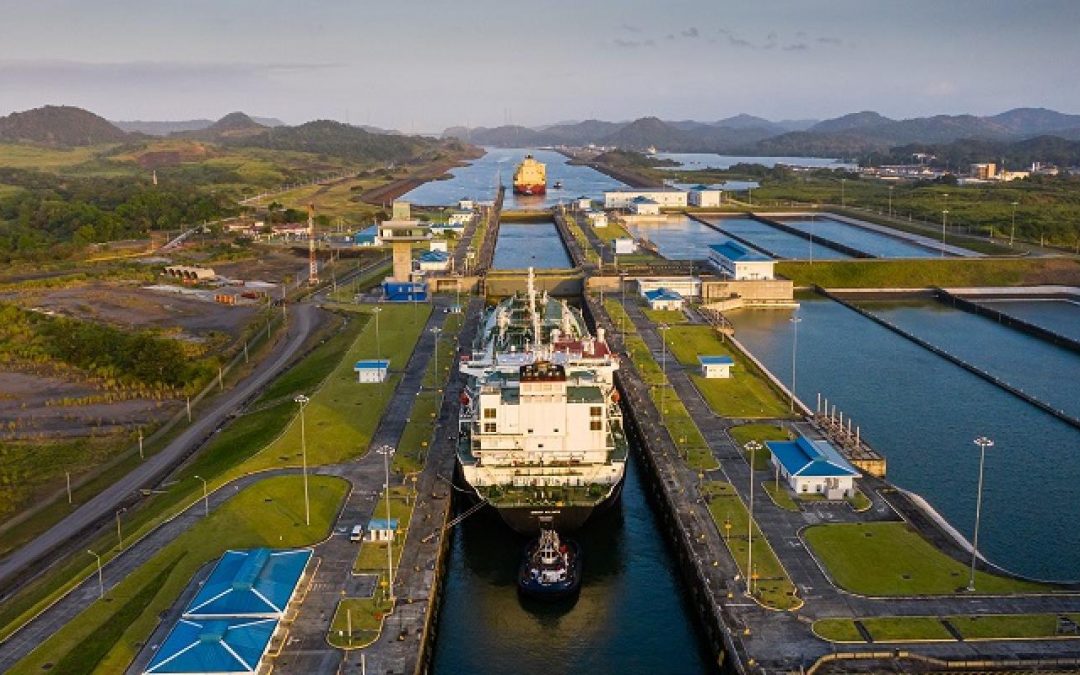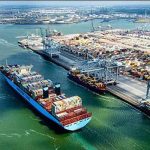US LNG cargoes looking to reach Asia are continuing to choose the longer route through the Cape of Good Hope as bottlenecks impacting transits via the Panama and Suez canals remain.
A record 24 US LNG cargoes have travelled to Asia via the Cape of Good Hope this month as of March 27, according to S&P Global Commodity Insights data. This is the largest number of monthly cargoes making the journey since S&P Global began recording the data in 2010.
It is also a record in terms of cargo size, with nearly 1.6 million mt of US LNG reaching Asia via the Cape of Good Hope in March.
Platts, part of S&P Global Commodity Insights, assessed the Gulf Coast Marker for US FOB cargoes loading 30-60 days forward at $7.87/MMBtu March 27, up 16 cents/MMBtu on the day.
Panama Canal
LNG shippers have increasingly used the Cape of Good Hope as their preferred trade passage since mid-2023, when a historic drought in Panama stemming from the El Nino weather pattern led to lower water levels at the Panama Canal.
While draught restrictions at the Panama Canal still allowed for LNG carriers to transit, longer wait times led some US exporters to bypass the canal altogether beginning in the summer of 2023.
Only 14 US LNG cargoes have reached the Asian market via the Panama Canal so far in 2024, compared with 40 cargoes during the same period in 2023. Just one cargo, the Diamond Gas Orchid, has made the journey in March, departing the Cameron LNG export terminal in Louisiana on Feb. 28 and arriving in Japan on March 27, according to S&P Global data.
Red Sea Tensions
Following longer wait times and lower water levels in the Panama Canal, shippers quickly pivoted to prioritizing the Suez Canal as the second fastest route to Asia. US voyages to Asia via the Suez Canal reached a multiyear high in September 2023 with 17 cargoes choosing the route, the highest number of monthly passages since February 2021 at 35 cargoes.
The number of US cargoes traveling to Asia via the Suez Canal has since dwindled, as shippers began to avoid threats in the Red Sea after a series of attacks on commercial ships passing the Bab al-Mandab Strait by Yemen-based Houthi militants since October 2023.
Tensions in the Red Sea have only increased the voyages around the southern tip of Africa.
US LNG exporters have also opted against sailing through the Suez Canal due to the potential risk, with the last cargo reaching Asia via the canal arriving on Jan. 27. The Vivit Americas LNG reached Japan at the end of January after departing from the Cove Point LNG export facility in Lusby, Maryland, on Dec. 16.
Only seven US LNG cargoes – all delivered in January – reached the Pacific Basin via the Suez Canal thus far this year, compared to 26 during Q1 2023.
European demand remains
While US exporters have had to pivot to other trade passage options to reach Asia, the majority of US LNG cargoes continue to reach Europe, which remains the sink for US LNG since Russia’s invasion of Ukraine in February 2022.
With Russian natural gas volumes to Europe cut following the invasion, Europe has turned to the global LNG market to augment the lost volumes.
Thus far in March, France has received 16 US LNG cargoes, the most of any country. The Netherlands received the second most at 12, followed by China, South Korea, and the United Kingdom – each with six.
Source: Hellenic Shipping News





